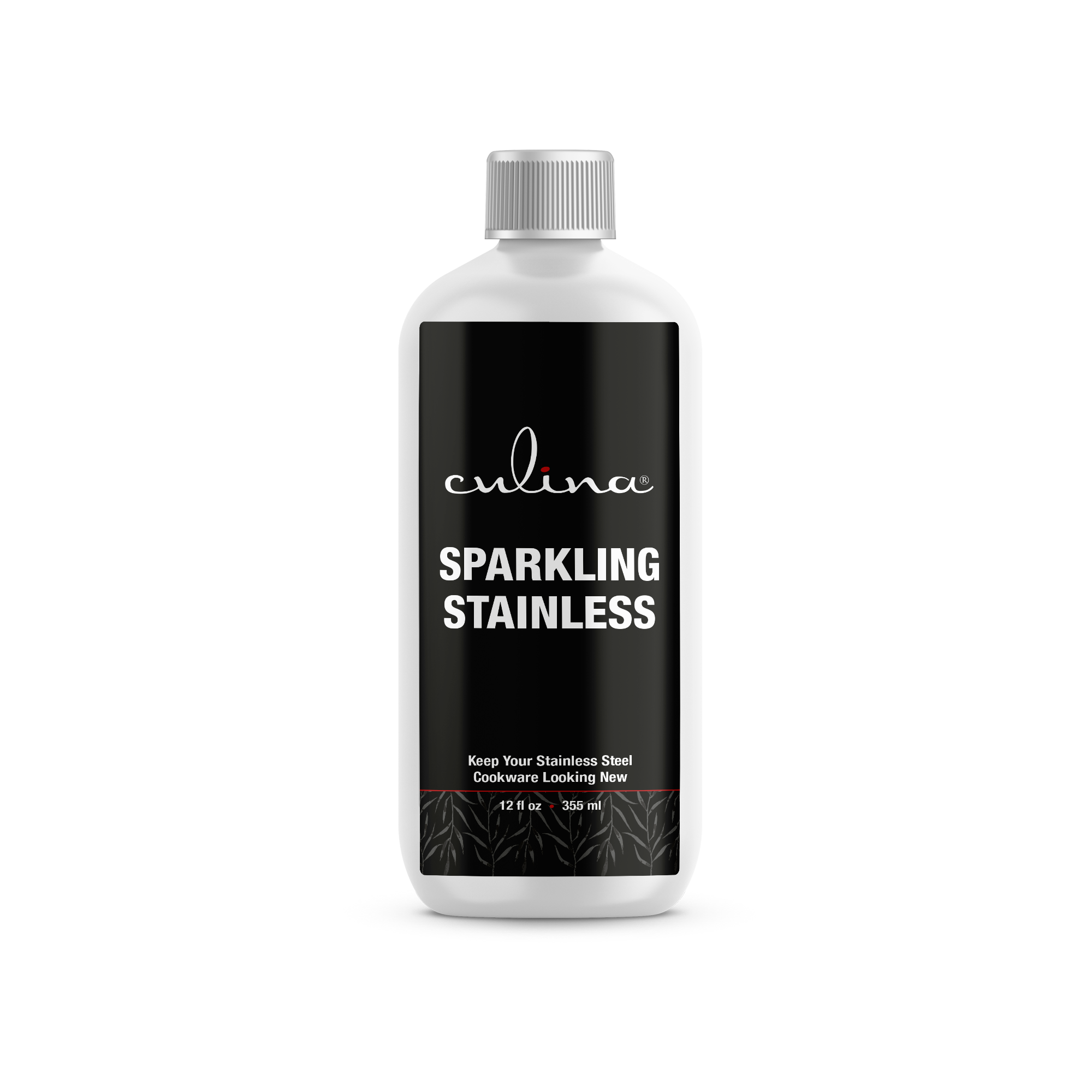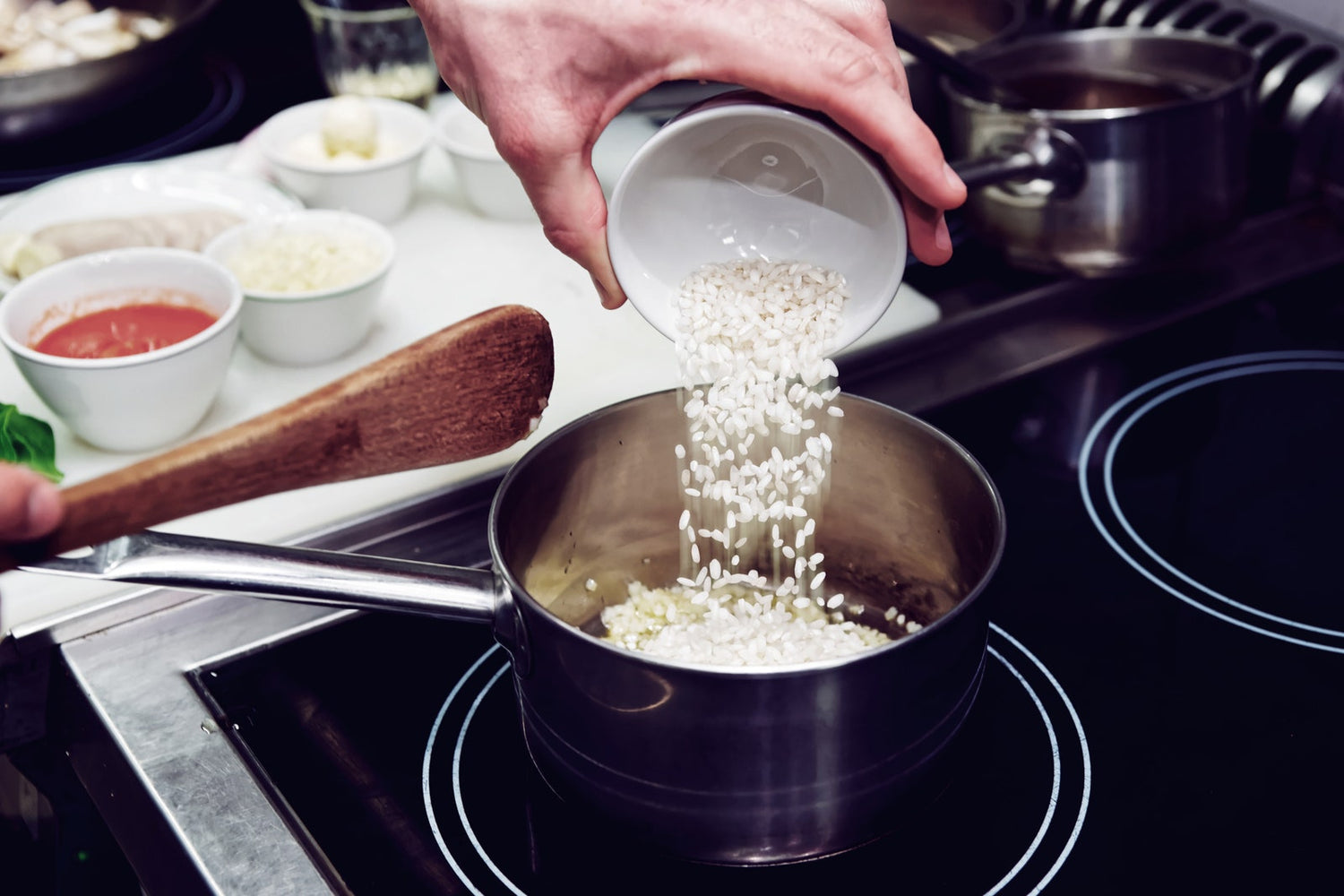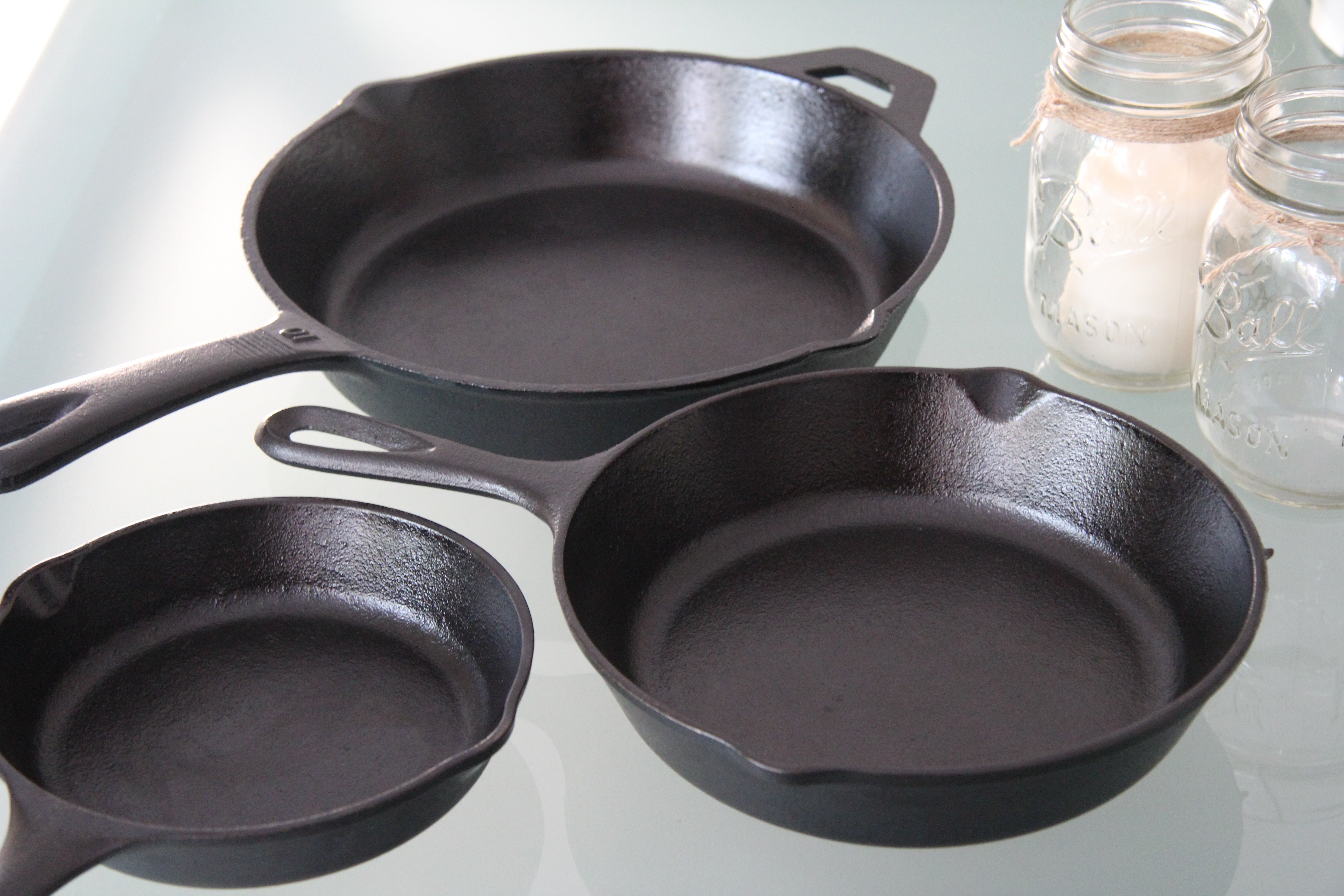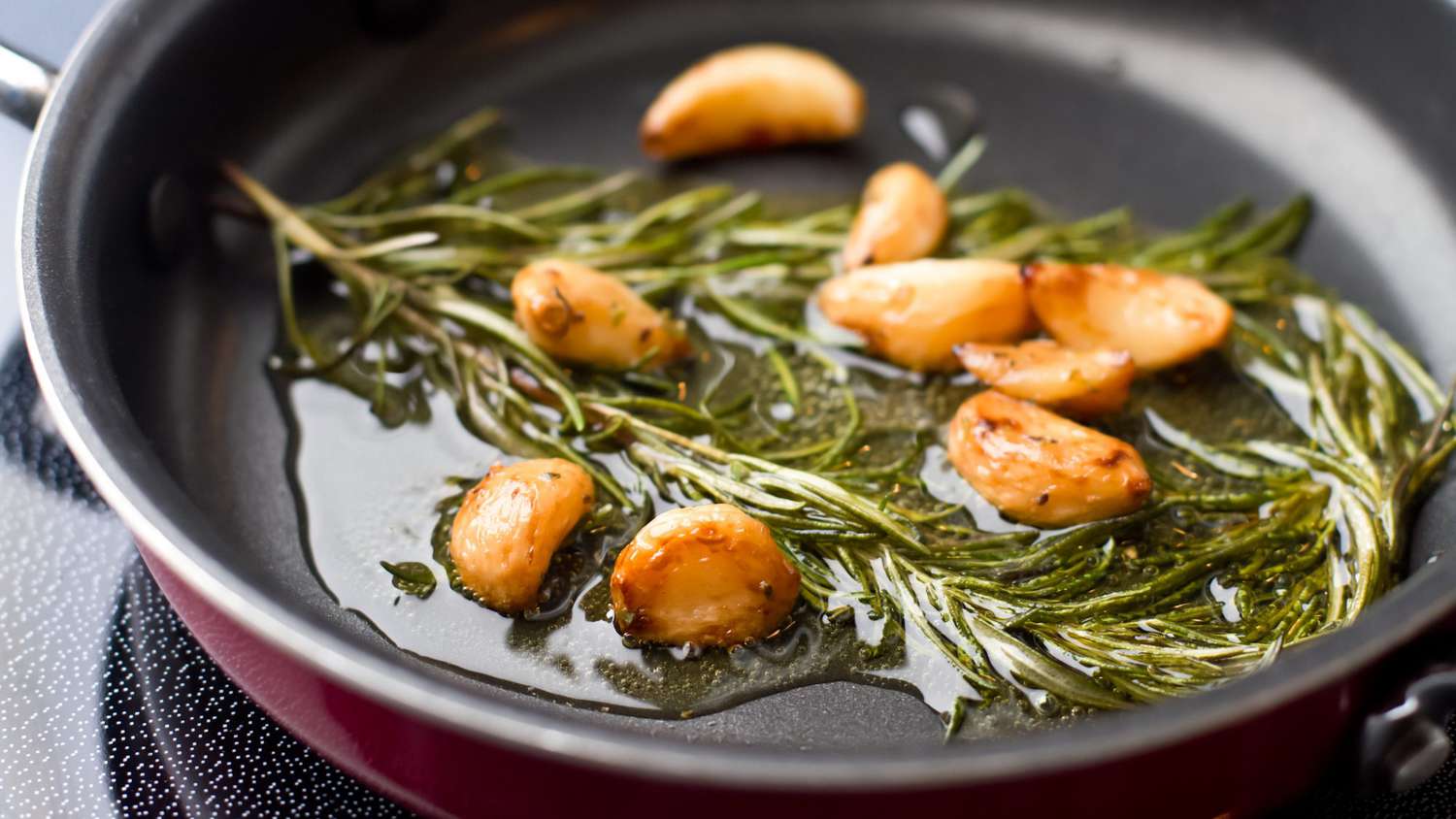When it comes to professional kitchens, one essential tool that deserves attention is the stock pot. Understanding how big is a stock pot can greatly influence your cooking efficiency and effectiveness. Stock pots are not just about size; they embody versatility, allowing chefs to prepare everything from soups to sauces.
This article will delve deep into the details surrounding stock pot sizes, their uses, the different materials, and how they can impact your cooking. As kitchen professionals, having the right tools ensures the precision and quality of your meals.

Why Size Matters: Stock Pot Dimensions
Stock pots generally come in various sizes, with diameters ranging from 8 to 20 inches and capacities from 4 to over 20 quarts. The size you choose will depend on several factors including the volume of food you intend to make and your specific cooking needs.
Common Sizes of Stock Pots
Most stock pots fall within certain common size categories:
- 4-6 quarts: Ideal for sauces and smaller batches of stocks.
- 8-12 quarts: Great for cooking for families or small gatherings.
- 16-20 quarts: Perfect for large batches such as soups or stews for events.

Choosing the Right Size for Your Needs
In deciding how big is a stock pot that aligns with your culinary ventures, consider the following factors:
- Cooking Volume: How many people do you usually cook for? A larger stock pot may be necessary for big families or catering.
- Kitchen Space: Ensure your kitchen can accommodate the size of the stock pot you select.
- Type of Cooking: Are you focusing more on soups, sauces, or boiling pasta? Different cooking methods may require different sizes.
Material Types for Stock Pots
Aside from size, the material of a stock pot can significantly impact cooking performance.
- Stainless Steel: Durable and non-reactive, excellent for all types of stock preparation.
- Aluminum: Lightweight and good at conducting heat, often more affordable but less durable.
- Copper: Provides excellent heat conductivity, ideal for precise temperature control, but requires more maintenance.
For more insight into the features and advantages of different cooking vessels, check out this guide on stock pot materials.

How to Use a Stock Pot
Knowing how big is a stock pot is just the beginning. Proper usage is critical for achieving outstanding results:
- Fill with Ingredients: Select your ingredients wisely based on the pot size. Overloading can lead to spillage.
- Cooking Time: Utilize lower heat settings for longer cooking processes to extract the best flavors.
- Stirring: Regularly stir your stock or soup to avoid sticking and to ensure even cooking.
Maintaining Your Stock Pot
After investing in a high-quality stock pot, maintenance is paramount:
- Cleaning: Always clean your stock pot after use. Avoid abrasive materials that could scratch the surface.
- Storage: Store your stock pot in a cool, dry place away from direct sunlight.
- Inspect for Damage: Check for warping or punctures regularly, especially if using aluminum pots.
For more tips on maintaining your kitchen tools, refer to this informative article on kitchen maintenance.
FAQs about Stock Pots
What is the best size stock pot for a family?
For a family of four, a stock pot between 8 and 12 quarts is typically sufficient for cooking soups, stews, and other dishes.
Can I use a smaller stock pot for larger meals?
While you can use a smaller stock pot, its best to avoid overloading it, as this may hinder even cooking and lead to spills.
What's the best material for a stock pot?
Stainless steel is often regarded as the best material due to its durability and resistance to corrosion.
You can learn more about stock pot uses from culinary experts.
As an Amazon Associate, I earn from qualifying purchases.






Leave a comment
This site is protected by hCaptcha and the hCaptcha Privacy Policy and Terms of Service apply.